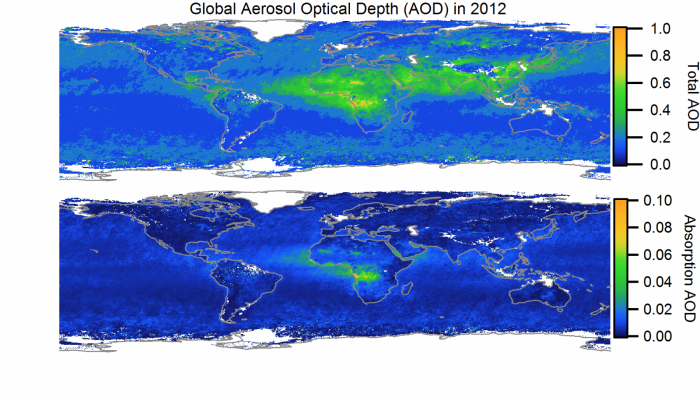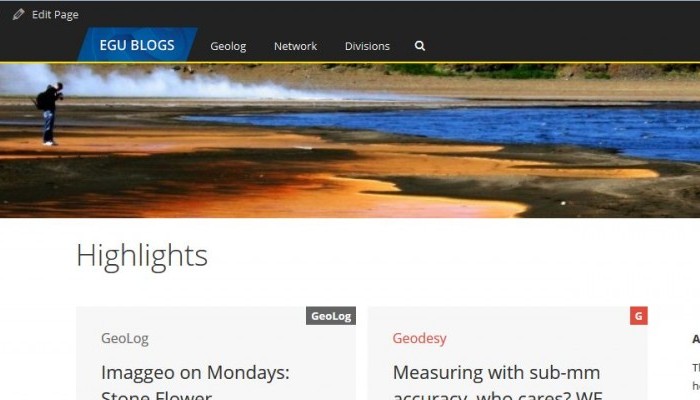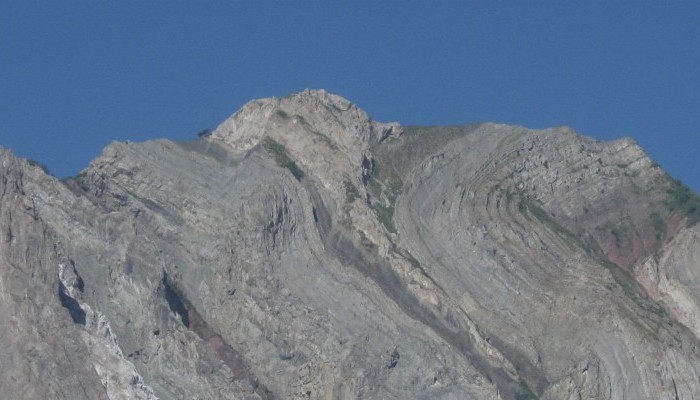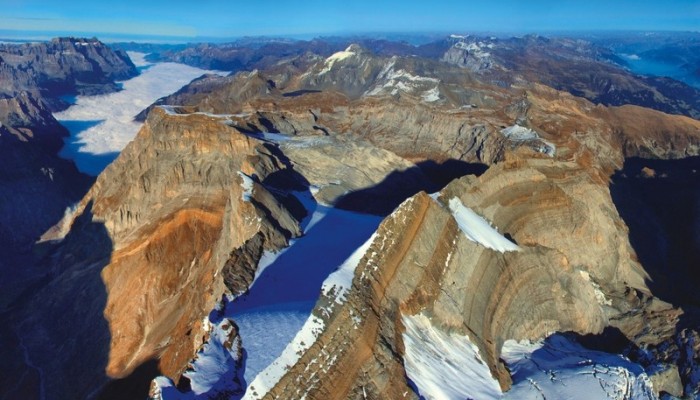Aerosol particles come in lots of different flavours and one of their most important properties is how they deal with incoming sunlight. Some are rather unwelcoming and send sunlight back to whence it came (space), which leads to a cooling of the atmosphere as the sunlight doesn’t reach the surface of the Earth. Others offer sunlight a warm(ing) embrace and absorb it, which heats up the atmo ...[Read More]
If you didn't find what you was looking for try searching again.
GeoSphere
Shades of L’Aquila: Italian Geochemists avoid Huge Miscarriage of Justice
On rare occasions I hear about a story that must be told. This story is one of those and I feel that it deserves attention from the broader geoscience community. We have all heard of the L’Aquila verdict against the Italian seismologists concerning the devastating earthquake in 2009. If you haven’t, read these articles by Chris Rowan. At the time the guilty verdict was handed down the ...[Read More]
Green Tea and Velociraptors
One small step for Nature..
Macmillan have released an interesting press release, announcing that all research papers published in their 49 Nature Publishing Group (NPG) journals, including Nature, will be made free to read online, via one of Digital Science’s pet projects, ReadCube (note that Digital Science is also owned by Macmillan). These articles can be annotated in ReadCube, but not copied, printed, or downloaded. Thi ...[Read More]
Four Degrees
Looking to the past to see into the future
The Earth’s surface temperatures can have a profound effect on the Earth’s ice sheets, the huge layers of ice thousands of metres thick that cover Greenland and Antarctica. Over the past few decades, satellites have monitored the changes of these icy landscapes, revealing that parts of Greenland and West Antarctica are melting. This is important as it contributes to sea level rise, which can have ...[Read More]
GeoLog
Launching the new EGU Blogs!
Welcome to the new home of the EGU Blogs! Today we are proudly launching a new webpage which now houses all the EGU blogs in one place. We have redesigned the website to give the blogs a more modern layout and have implemented a fully responsive page design. This means the new blogs website adapts to the visitor’s screen size and looks good on any device (smartphones, tablets, laptops or desktops) ...[Read More]
GeoLog
Imaggeo on Mondays: Stone Flower
In a true feat of endurance, self-discovery and resilience, Solmaz Mohadjer and Josy Strunden, geology students at the University of Tübingen (Germany), cycled 800 km in the Pamir Mountains as part of a trip to raise awareness about autism in Tajikistan. ““We cycled through one of the most tectonically active regions on the planet, passing by mountain communities that welcomed us warmly as well as ...[Read More]
WaterUnderground
What is the best journal to submit groundwater research this year?
We all know about the flaws of impact factors, including how they lead to citing recent research, self-citing etc. But I thought it would be handy to compile a list of journals where well-cited groundwater articles are most often published. Like it or not, I sometimes look up this information and I assume other people do to. The impact factor is certainly not the only factor I use to decide where ...[Read More]
Green Tea and Velociraptors
“Open access wins all of the arguments all of the time.”
One is rather inspired. OpenCon 2014 was a wonderful time bringing together the best minds in early career research and the ‘world of open’ to discuss how we make access to knowledge, data, and educational resources better for everyone. It wasn’t so much an event*, as a milestone. Here’s the story of its success. I don’t want to run through the basics of each aspect o ...[Read More]
GeoLog
Imaggeo on Mondays: Glarus Alps
Undoubtedly, the Alps are one of the best studied mountain ranges in the world. Appreciating their immense beauty and geological wealth can be difficult from the ground, given their vast scale and the inaccessibility of some of their more challenging peaks. Kurt Stüwe, along with alpine photographer Ruedi Homberger, set about changing this by undertaking the ambitious task of photographing the len ...[Read More]
Seismology
Apply for funding to attend the EGU General Assembly!
A message from Laura Roberts: EGU Science Communication Officer Dear EGU Young Scientist, Firstly, let me take this opportunity to introduce myself, I am Laura Roberts, the new EGU Communications Officer and I will be your point of contact in the EGU office moving forward. Preparations for the EGU 2015 General Assembly (12–17 April, Vienna, Austria) are in full swing, and there are a number of opp ...[Read More]






